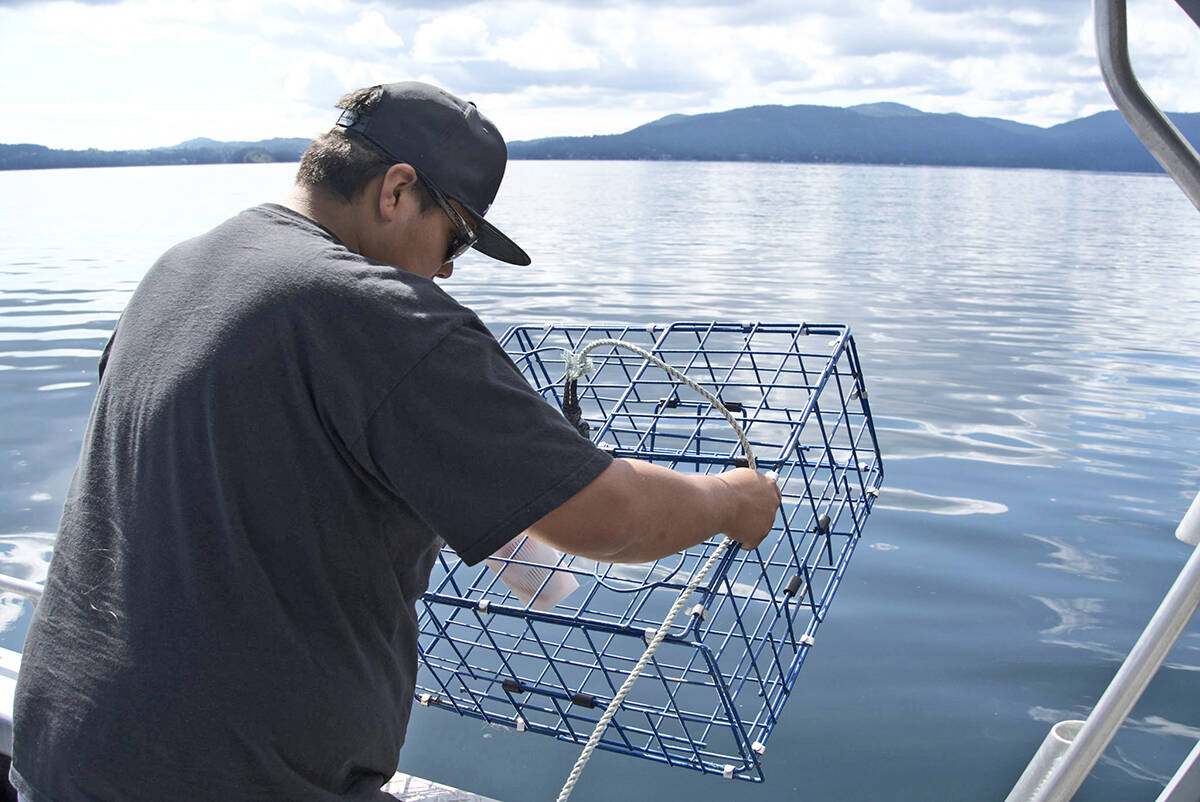Malahat Nation is getting help with its cleanup efforts in the Salish Sea, which they hope will include the removal of “ghost gear.”
Federal funding of more than $330,000 was targeted to allow the nation purchase a remotely operated vehicle to help its underwater surveying team map the location of the ghost gear – abandoned fishing equipment left at the bottom of the ocean. The surveying program, part of the nation’s environment department, is also setting aside funding to remove the discarded gear and spread awareness to anglers on how to prevent fishing gear loss.
“Malahat members have been connected to the marine environment since time immemorial and have seen many changes in the ocean over time,” Desiree Bulger, Malahat manager of environmental projects, said in a statement. The monitoring and observation of the impacts of abandoned fishing equipment in the area “significantly predates the ghost gear program,” she added.
Underwater surveying is already underway and helping to identify areas where fishing gear has accumulated. It is also monitoring where animal species have either been caught in or are at risk of getting snagged in the gear.
“So far, most gear that we have observed seems to be lost or abandoned ropes, and crab or prawn traps,” Bulger said. “A successful shellfish catch can be made in as little as a half hour to a few hours, so remembering where you left your gear and returning to pick it up soon is best. This helps to avoid gear loss in the ocean and keep marine life safe.”
Avoiding leaving gear out in bad weather can also help prevent it from being carried away in heavy seas and otherwise sinking to the bottom, she added.
The removal of the gear requires a permit from the Department of Fisheries and Oceans, so Malahat Nation is preparing to apply for the permit in March to complete the cleanup process.
“This is just year one of a three-year project, however Malahat hopes to continue this work after the program with DFO,” Bulger said.
Recovered gear will either be disposed of or returned to the owner if it has legible identification tags.
ALSO READ: West Shore walk-in clinic closing due to chronic physician shortage
ALSO READ: LIVE: Williams Lake First Nation reveals findings in residential school unmarked graves probe
@moreton_bailey
bailey.moreton@goldstreamgazette.com
Like us on Facebook and follow us on Twitter.

